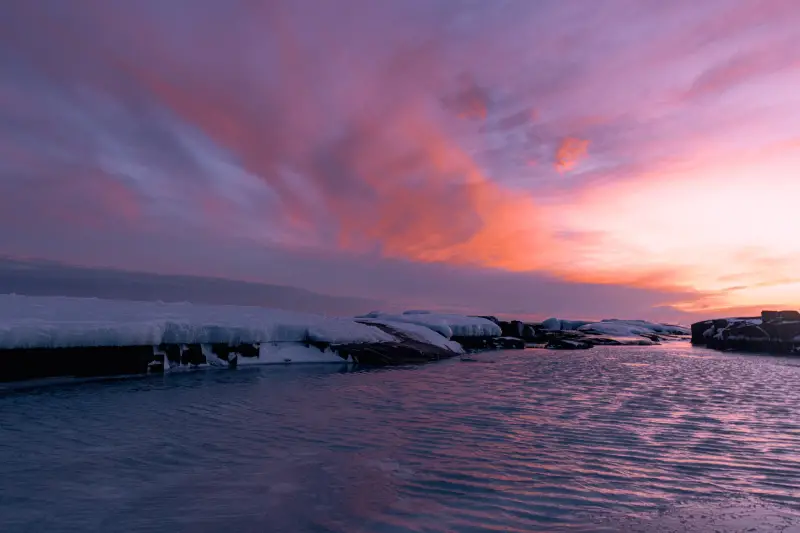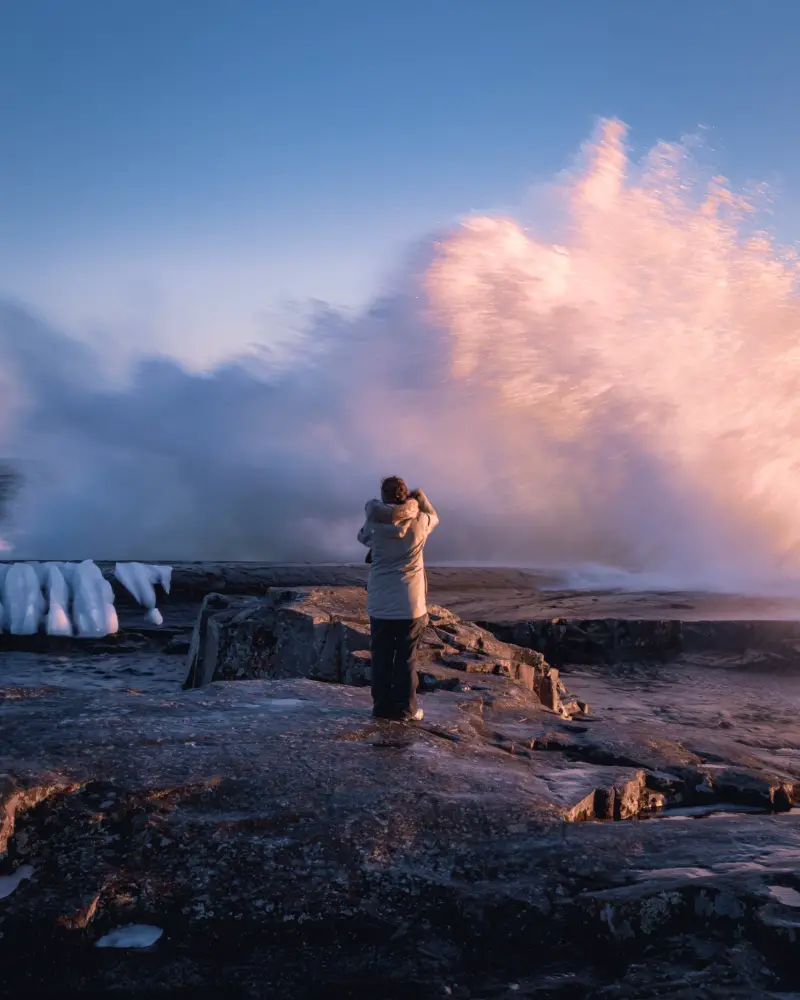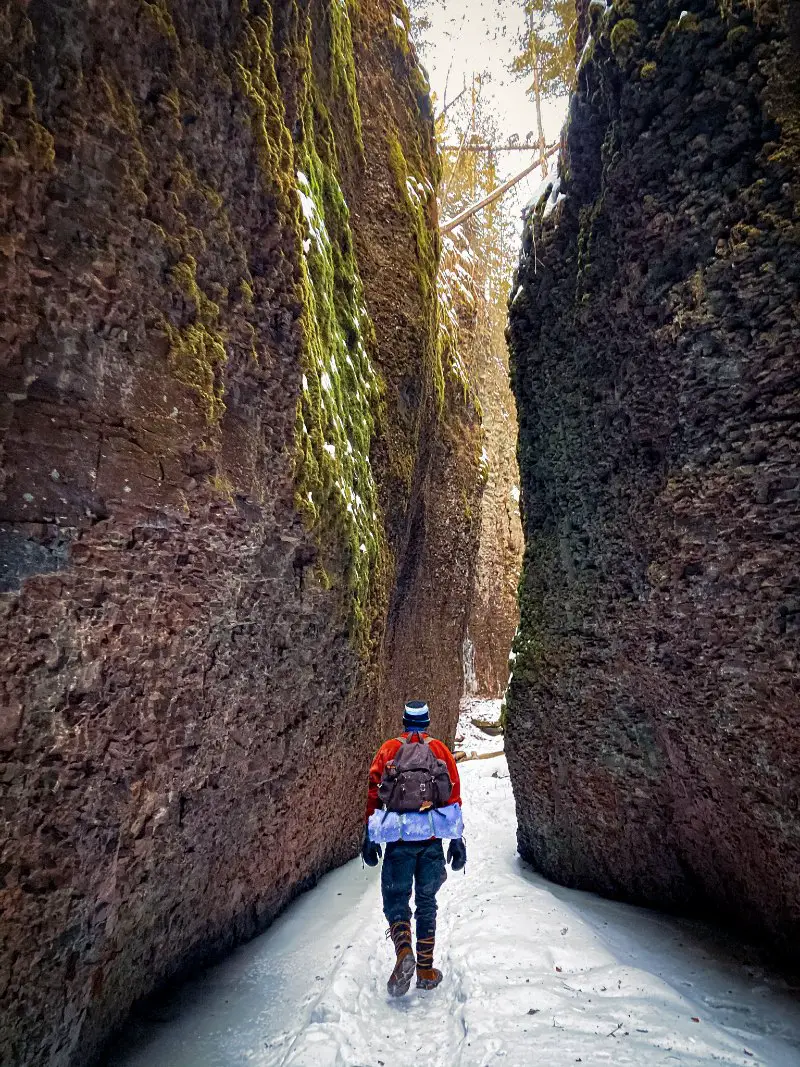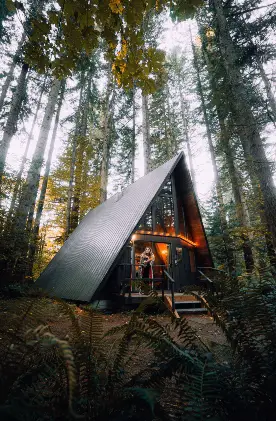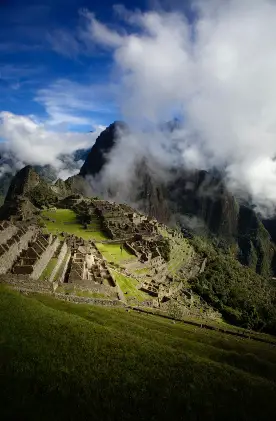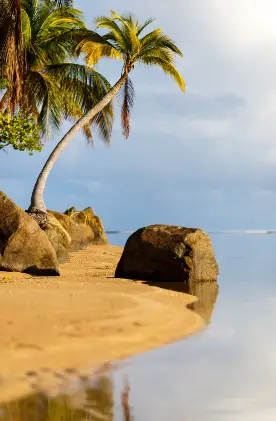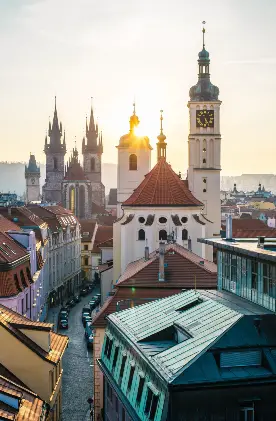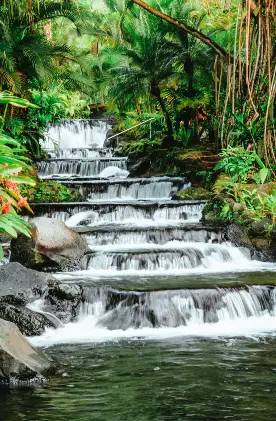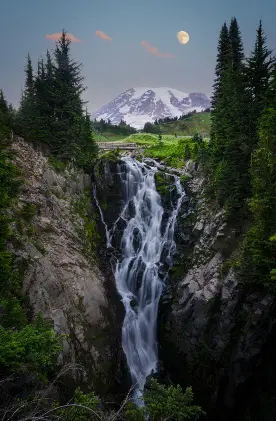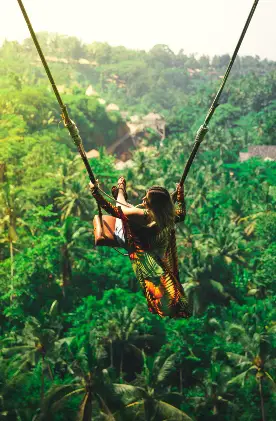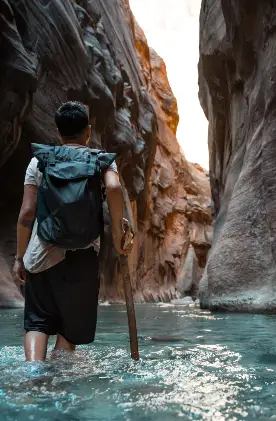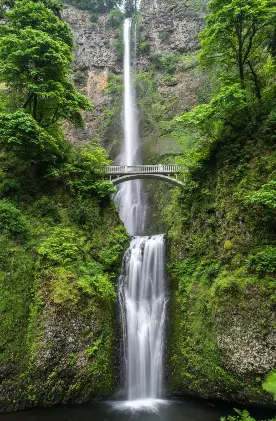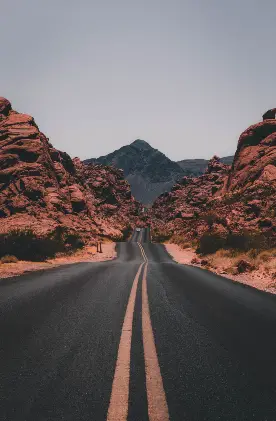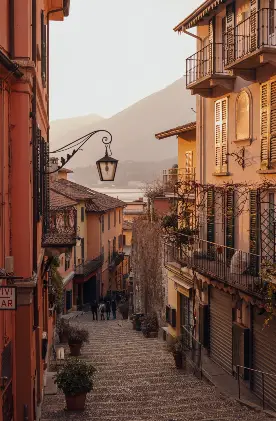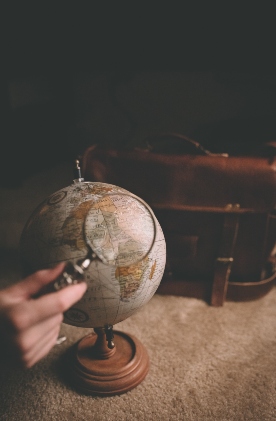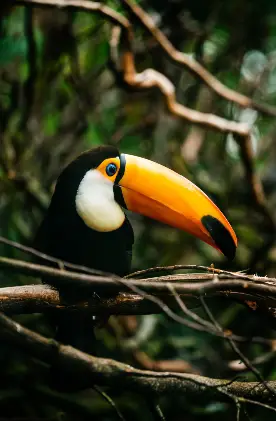Welcome to my article on kayaking Lake Superior! My name is Maddy. I grew up in Michigan. Every summer my sister and I visited my grandma for a few weeks on a small lake in Northern Michigan near Traverse City.
We would spend most of the day out playing in the woods. Then after dinner we would head to the lake with our grandma and canoe around, feeding fish and looking at painted turtles. Both my sister and I were able to spend a lot of time developing a relationship with the great outdoors and our environment – particularly lakes, rivers and freshwater areas.
For me, that developed into a career in the outdoors, facilitating those incredible experiences in our environment through wilderness guiding, writing and photography. My sister Claire turned those same experiences and need to protect freshwater into a career as an Environmental Engineer.
My grandma, the same woman who took us out in a canoe every day, is also a world traveler. Not only did we spend summers out in the Michigan wild, but we were surrounded by artifacts and stories from other places. Grandma used to teach English as a forgein language abroad and I ended up following that path for a while by teaching English for a year in Armenia.
Living on the Beautiful Shores of Lake Superior
Big Lake people will tell you that Lake Superior has a draw – once you start coming, you don’t stop. The first time I saw the lake was out the window of a car, just passing by. The next time was on a camping trip where I hiked 25 miles right next to the lake at Pictured Rocks National Lakeshore.
It was sunny, hot and the water was frigid. I didn’t see another person for miles. There were sandstone cliffs, sandy bottoms and spiky boreal trees everywhere. It felt like a slice of paradise at the edge of the world.
After that trip, I got very lucky. I called an outfitter in the Apostle Islands National Lakeshore to see if they were taking on any new kayak guides. They were! I spent that summer on Lake Superior and loved every second.
Shortly thereafter, I left the US to teach English in Armenia. I returned unexpectedly in March 2020 with no plans and no real job. I then got lucky again. Through a friend of a friend, I was able to find another outfitter in the Apostle Islands National Lakeshore that was looking for kayak guides.
After this past summer, I was hooked. Lake Superior felt like home and I wasn’t ready to leave. I found a job up on the North Shore of Minnesota and have been on the shores of Lake Superior ever since. I probably won’t stay forever but it’s like I said: the lake has a draw that makes you want to stay.
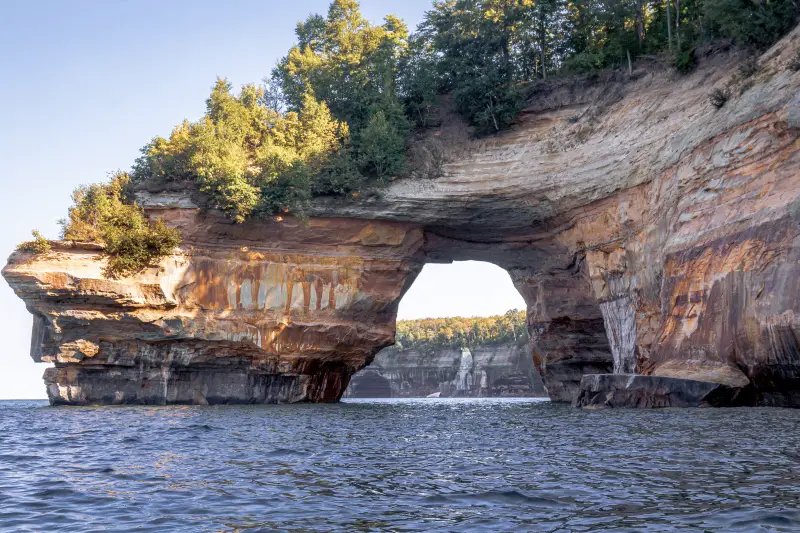
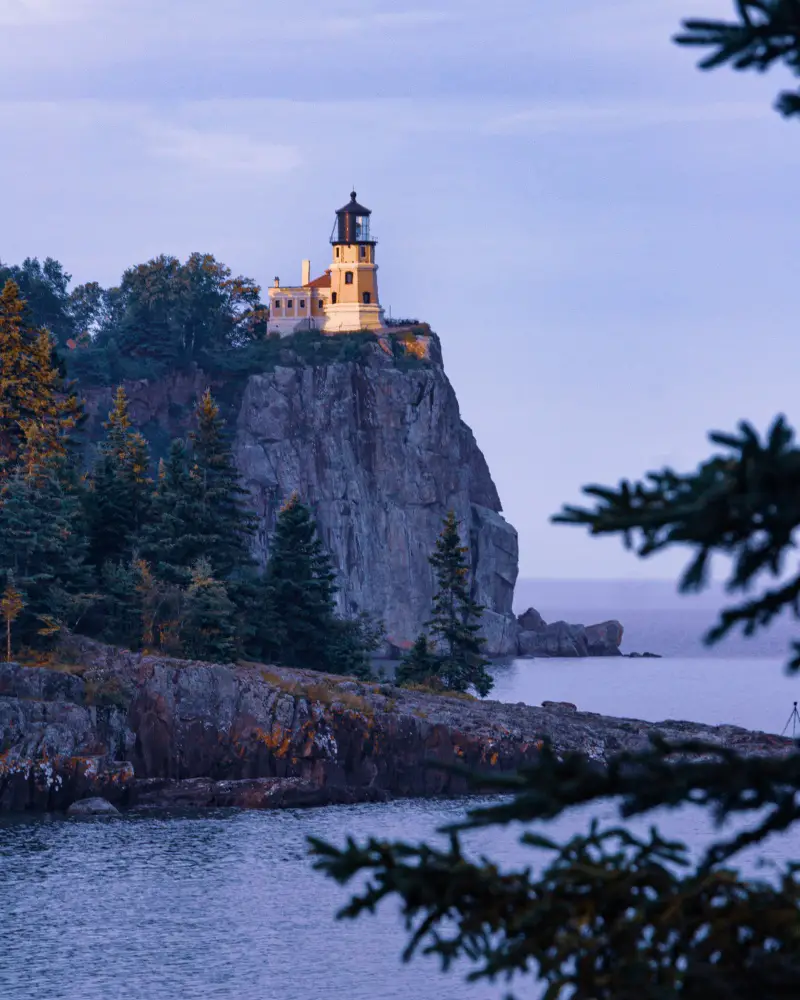
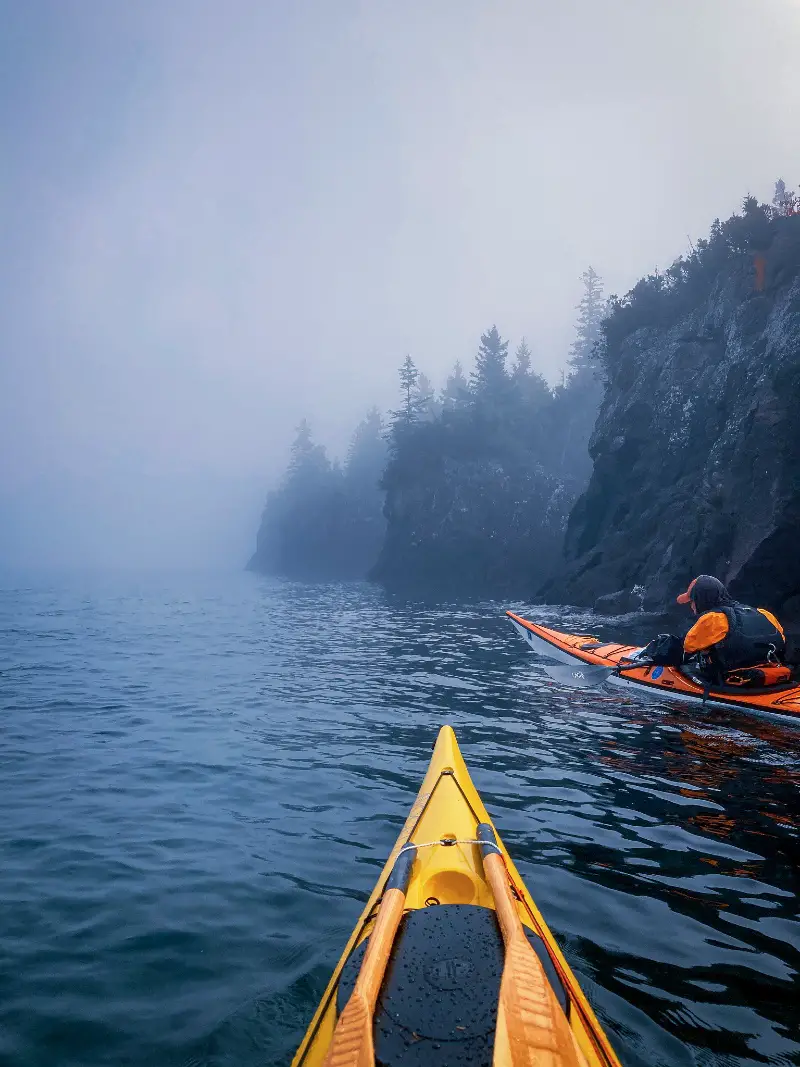
Largest Freshwater Lake on Earth
Lake Superior is the largest lake in the world by surface area. Its icy waters are capable of producing waves over thirty feet in height! Superior sinks ships and creates her own weather patterns. Superior is not a lake, it’s a sea.
You can explore around 1200 miles of shoreline. That is what makes this lake so epic! It’s because of the incredible force of this lake that you can find sea stacks, arches and caves. Wind and waves have carved out rocks in places like the Apostle Islands, creating cathedral-like rooms in rock.
But it’s the same forces that carved out caves and make this lake special that make it dangerous. Places like the Apostle Islands and Pictured Rocks see multiple kayaking and swimming accidents (if not deaths) on Lake Superior every year. The lake’s weather changes on the minute and the icy water temperature can lead to hypothermia even on nice summer days.
Ultimately, when you go to Lake Superior, you are visiting a force of nature. It can be beautiful but it can be dangerous too. Beyond the geology of Lake Superior, the region also has a fascinating history and culture.
Lake Superior and the surrounding shores are on Anishinaabek/Ojibwe land and waters. The Ojibwe have been paddling the waters of Lake Superior long before commercial kayaking. Destinations like Grand Portage National Monument in Northern Minnesota really help tell the story of Lake Superior, both during the fur trade era and before then.
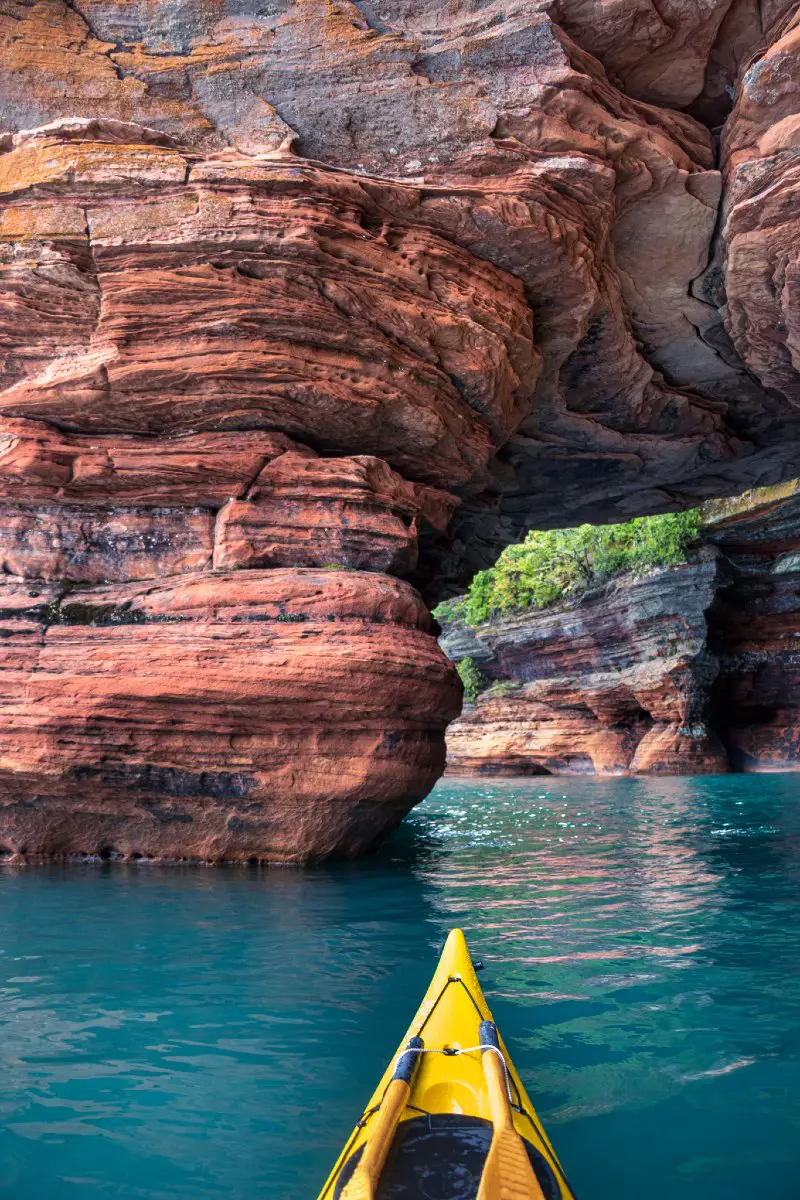
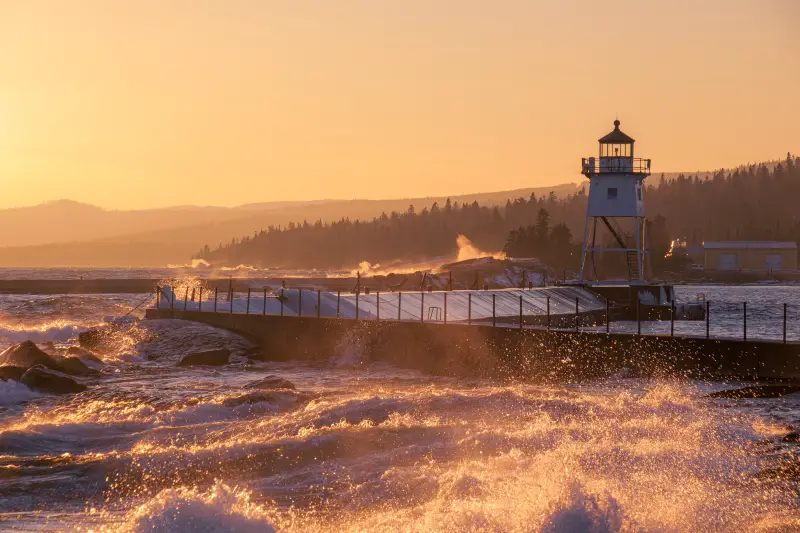
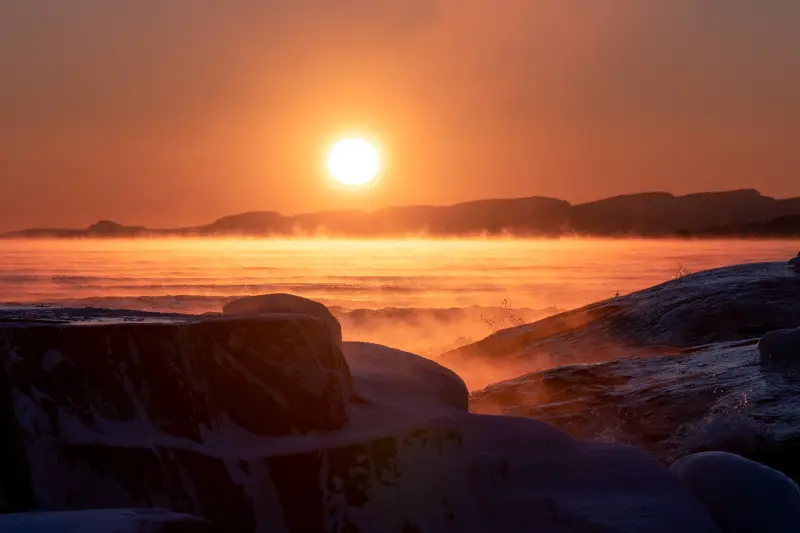
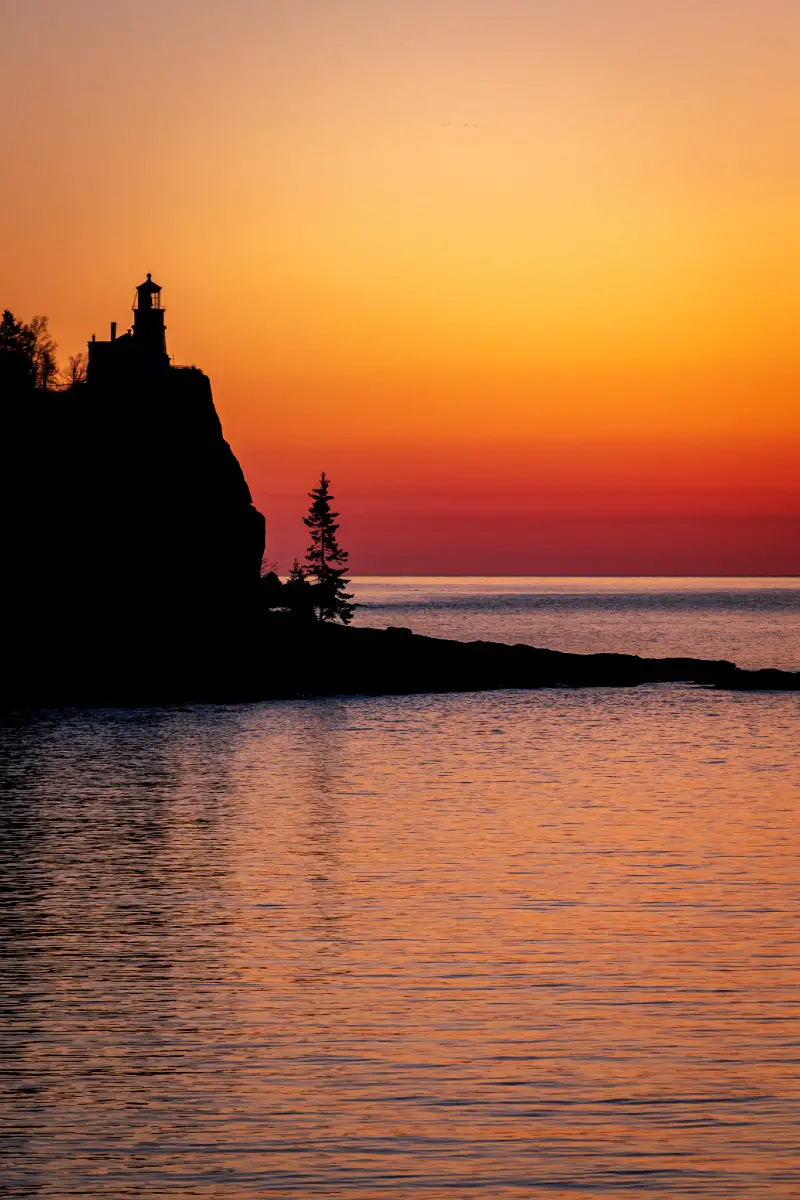
Why Kayaking is the Best Way to Experience Lake Superior
Kayaking is a great way to discover places on Lake Superior that you cannot reach by foot or by any other type of boat. Open top canoes aren’t safe for Lake Superior and many of the larger boats that are safe for Superior won’t fit in caves. Therefore, sea kayaks (kayaks over 15 feet in length with sealed bulkheads at either end) are pretty much the best option for the lake.
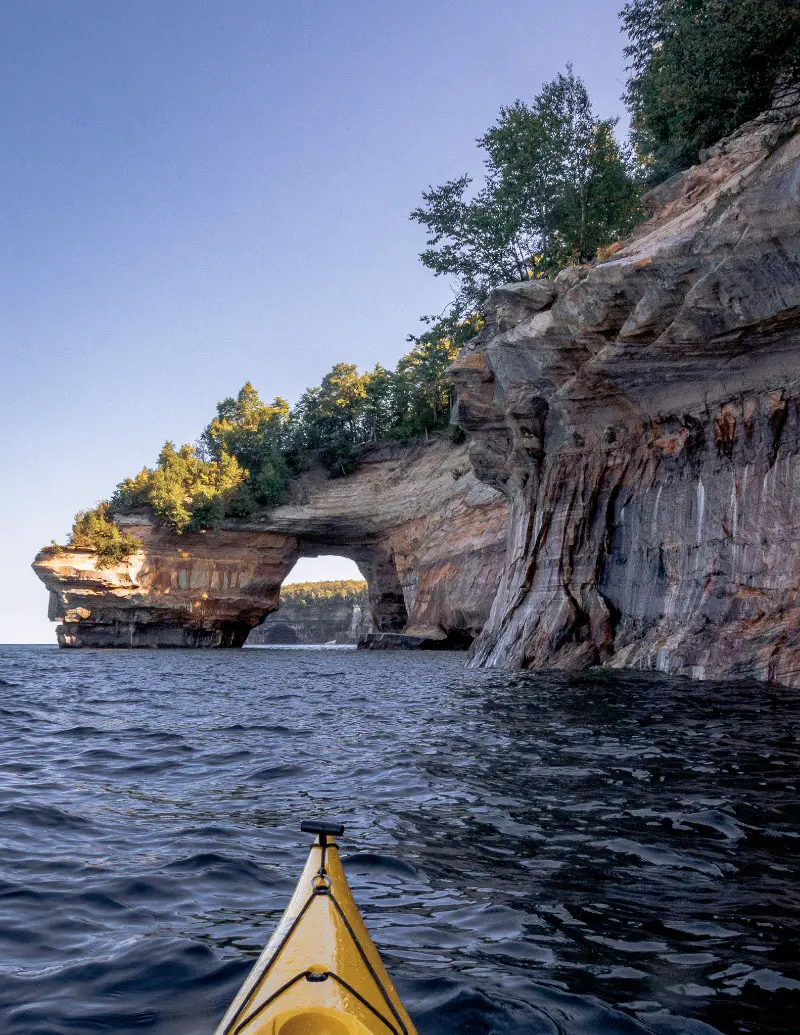
Five Key Considerations for Kayaking on Lake Superior
Lake Superior is truly incredible to paddle but you need to do it safely. Here are the top five things to remember before you set off on your kayaking adventure. Firstly, the water on Superior is cold, especially away from the shore. While the temperature near the beaches is swimmable, water away from the shore and near cliffs can give hypothermia even in August.
If you can’t get yourself out of the water in less than 90 seconds, then you need to wear a wetsuit. Weather conditions change rapidly and unpredictably. Check the marine forecast before you launch. The lake can change from glass calm to four foot waves in a matter of minutes.
Bring a sea kayak for your exploration of Lake Superior. These kayaks are fast enough to get you back to the shore effectively even in choppy waves and they won’t sink even if you capsize. Thirdly, have three methods of communication in case of an emergency. Much of Lake Superior doesn’t have cell service, so bring other ways to call for help in an emergency.
If you only remember one thing, remember this: if you do find yourself in the water, hang on to your boat. This will increase the chances of search and rescue finding you. To avoid a lot of the risk associated with Lake Superior, go with an experienced sea kayaker, preferably someone with area specific experience. A great way to do this is to book a guided tour.
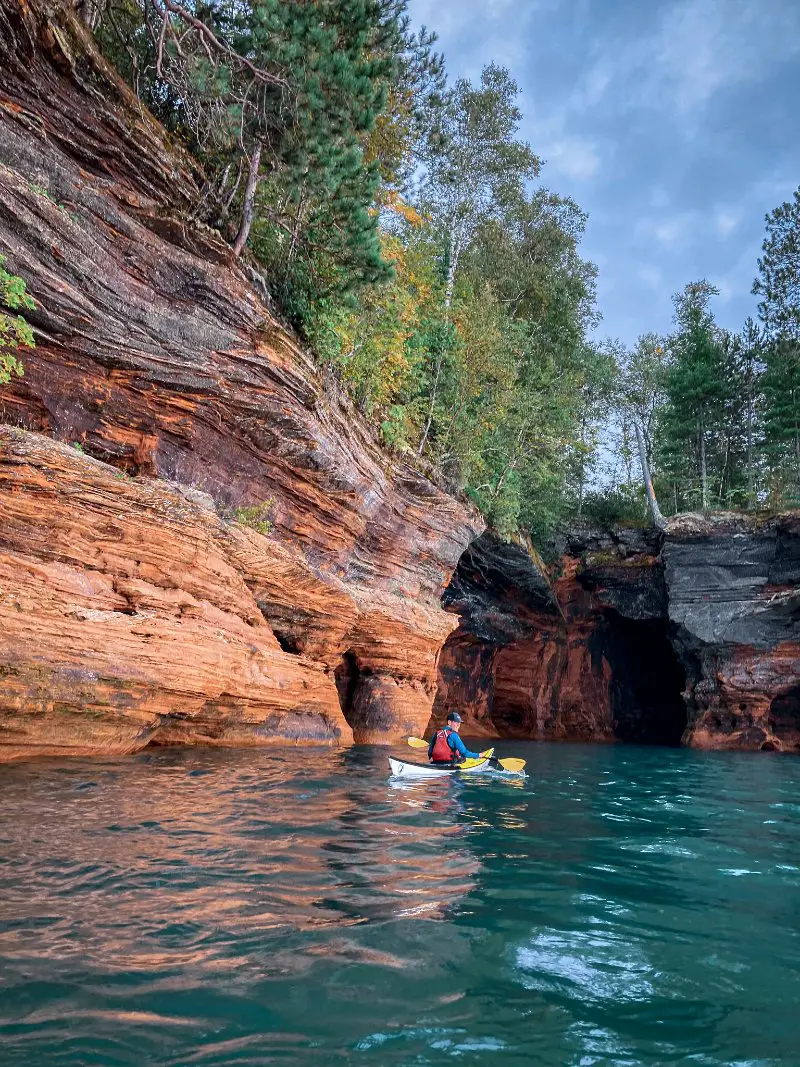
Five US National Parks to Explore on Lake Superior
There are over 1200 miles of shoreline along Lake Superior and five different national parks on the American side of the lake. Any one of these are worth visiting. From east to west, you can visit Pictured Rocks National Lakeshore, Keweenaw National Historical Park, Apostle Islands National Lakeshore, Grand Portage National Monument and Isle Royale National Park.
There are so many incredible sights around the lake. That is one of the things I love most about this place. You can travel for miles and there will always be something new – be it a waterfall, cliff line or cultural site.
For a more complete list of recommendations, you can check out Hidden Gems of the Northern Great Lakes: A Trail and Paddling Guide, or visit my website for up to date trail guides and trip planning lists for the different regions around Lake Superior. My favorite place is Isle Royale National Park, an incredible location both for sea kayaking and for backpacking.
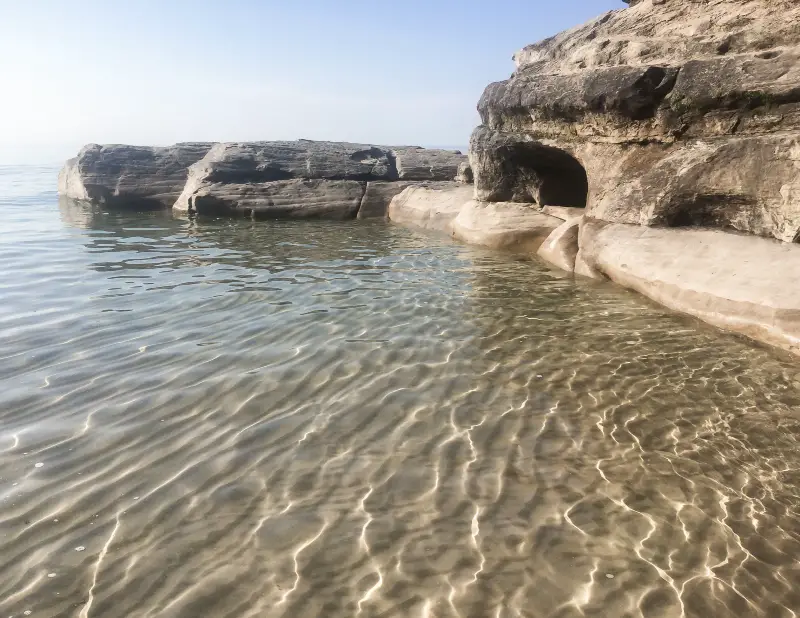
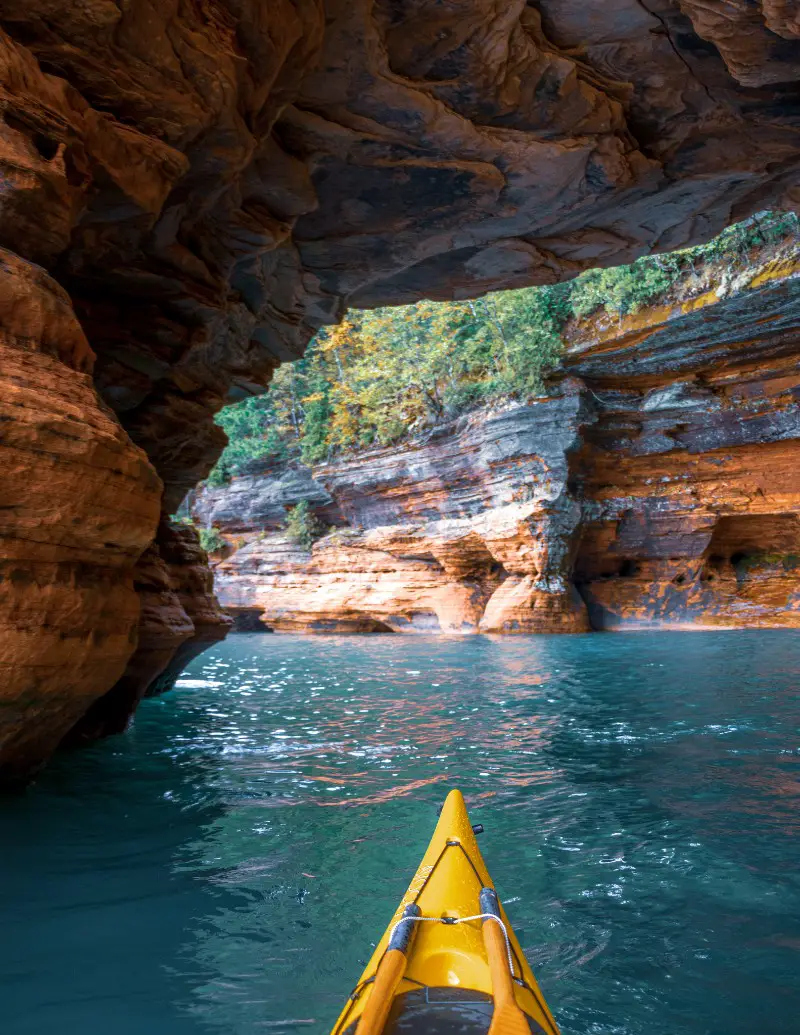
Favorite Memory of Superior at Isle Royale National Park
My favorite memory on Superior is from Isle Royale National Park. Myself and three other guides were camping at the northernmost end of the island, near Blake Point. At sunset, while we ate dinner, we watched two moose run across a ridge just across the water from us. It was incredible!
Need to Know Before you Go
The biggest thing I would recommend when visiting Lake Superior is to realize that you are visiting a sea, not a lake. You aren’t going to be able to do everything in one visit. I would recommend picking one destination – whether that is the Apostle Islands Sea Caves, or the Pictured Rocks, the Keweenaw, or the Shipwreck Coast, and exploring that area for a few days.
I would also recommend visiting in the winter. You can backcountry ski up frozen rivers to waterfalls and watch sea smoke on the lake. You can’t go kayaking but the ice on the lake feels polar, incredible and magical!
